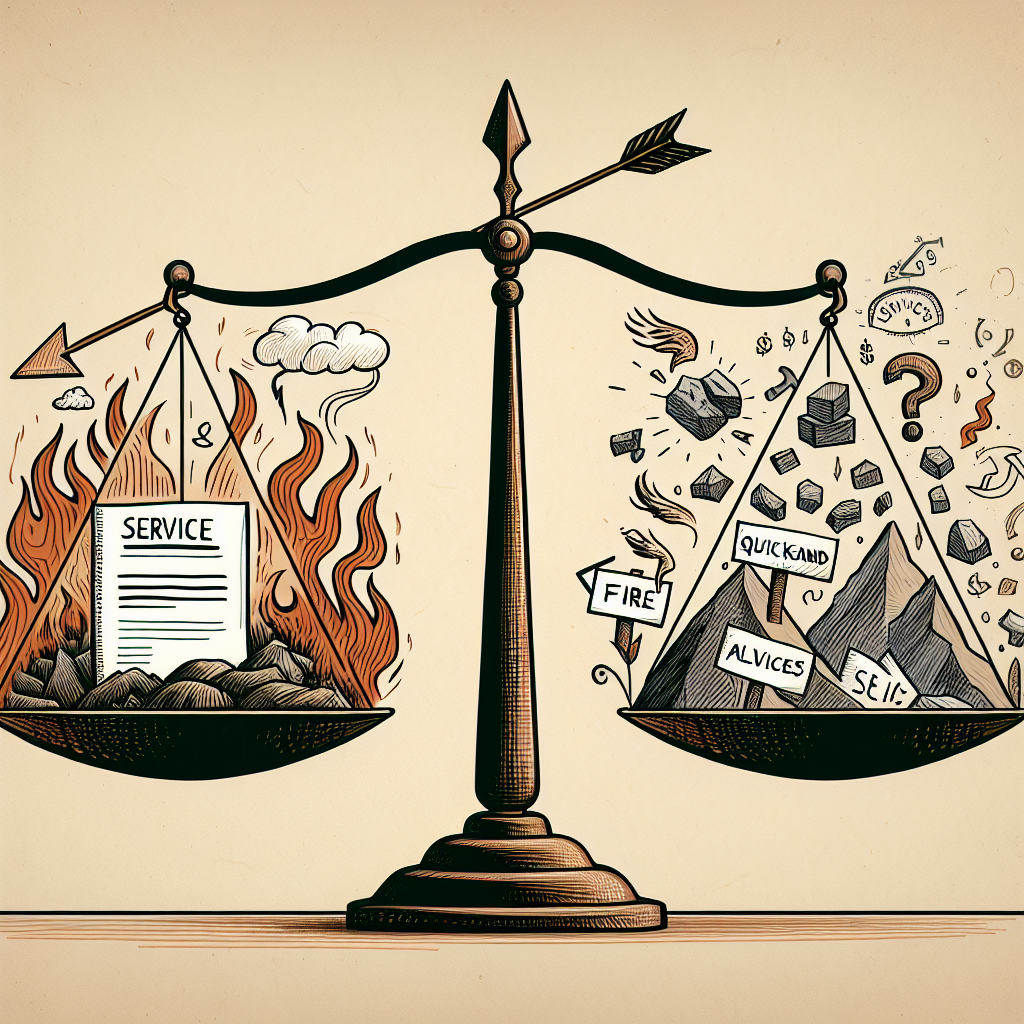Service Level Agreements (SLAs) are essential components of any business relationship between a service provider and a customer. These agreements outline the level of service that will be provided, as well as the expectations and responsibilities of both parties. However, there are common pitfalls that can arise when drafting and implementing SLAs that can lead to misunderstandings, disputes, and ultimately, dissatisfaction on both sides. In this article, we will discuss some of the most common pitfalls in SLAs and provide tips on how to avoid them.
1. Ambiguous language: One of the most common pitfalls in SLAs is using vague or ambiguous language that can lead to misunderstandings. It is important to clearly define all terms and conditions in the agreement to ensure that both parties have a clear understanding of their roles and responsibilities.
To avoid this pitfall, it is important to use specific, measurable, achievable, relevant, and time-bound (SMART) criteria when drafting SLAs. This will help to ensure that all parties are on the same page and that expectations are clearly defined.
2. Unrealistic expectations: Another common pitfall in SLAs is setting unrealistic expectations. It is important to be realistic about what can be achieved within the agreed upon timeframe and to avoid overpromising on deliverables.
To avoid this pitfall, it is important to conduct a thorough analysis of the service provider’s capabilities and resources before drafting the SLA. It is also important to consider factors such as peak usage times, potential downtime, and other variables that could impact service delivery.
3. Lack of monitoring and reporting: Monitoring and reporting are essential components of any SLA, as they provide a means of tracking performance and identifying areas for improvement. However, one common pitfall is failing to establish a system for monitoring and reporting on service levels.
To avoid this pitfall, it is important to establish clear metrics for measuring performance and to regularly review and report on these metrics with both parties. This will help to ensure that both parties are held accountable for meeting their obligations under the SLA.
4. Failure to communicate: Communication is key to the success of any business relationship, and this is especially true when it comes to SLAs. One common pitfall is failing to communicate effectively with the other party, which can lead to misunderstandings and disputes.
To avoid this pitfall, it is important to establish a clear line of communication with the other party and to keep them informed of any changes or updates to the SLA. Regular meetings and check-ins can help to ensure that both parties are on the same page and that any issues are addressed promptly.
In conclusion, SLAs are important tools for establishing and maintaining successful business relationships. By avoiding common pitfalls such as ambiguous language, unrealistic expectations, lack of monitoring and reporting, and failure to communicate effectively, both parties can ensure that their SLA is effective and beneficial for all involved. By following these tips, businesses can avoid misunderstandings, disputes, and dissatisfaction, and instead build strong and successful partnerships based on clear expectations and mutual trust.


Leave a Reply